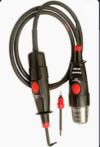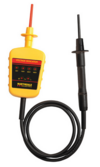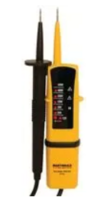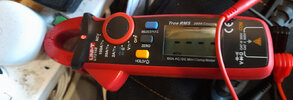Most of the time, mine does nothing, it just sits in my tool bag. I do use it to prove dead from time to time, and use my jump start unit as a proving unit. But in the main easier to use a plug in unit. The plug in energy monitor
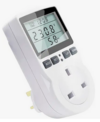
does so much more and so easy to use, the multi-meter is not used much. But as
What are you trying to achieve? what do you plan to test?
says, I use my meter mainly to test the state of lead acid batteries, we have at work around 8 used for Christmas decorations and I select the one with lowest voltage to go on charge with a smart charger until next time I am in.
I can see mains voltage at a glance from my PC
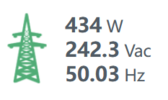
so no reason to get off my backside to measure it. It also shows as seen how much I am using, and mains frequency, why I don't know, not really anything I could do about it.
The same testing a socket, plug in a standard lamp, and if it works, I have power, and tests done when changing a socket to show ring is intact, needs an ohm meter or continuity tester, i.e. multi-meter. I used one daily as a tunnel boring machine electrician as water was running in every where, and the tester with no switches, or batteries could be filled with re-enterable compound so no room for water to get in, and could be used to test any bit of metal to see if live, but one hopes in the home water not running into rooms from the ceiling.
I think some electricians wear them around their neck as a badge of office? Like a doctor with a stethoscope! Same at the tool belts, I could never carry enough tools in a tool belt, had a bag with a strap so would go over shoulder when going up or down scaffold, tool boxes to easy for stuff to fall out of them.
I carried a tester on one job with proving unit, like this
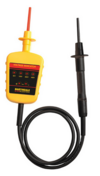
on one job because it was a requirement we carried them, were sacked if found without one, but it was a rather silly rule, as the proving unit

only gave out the top voltage (690 volt), so one had no idea if the tester would work with 50 volt, so rather pointless, just some safety officer flexing his muscles.



